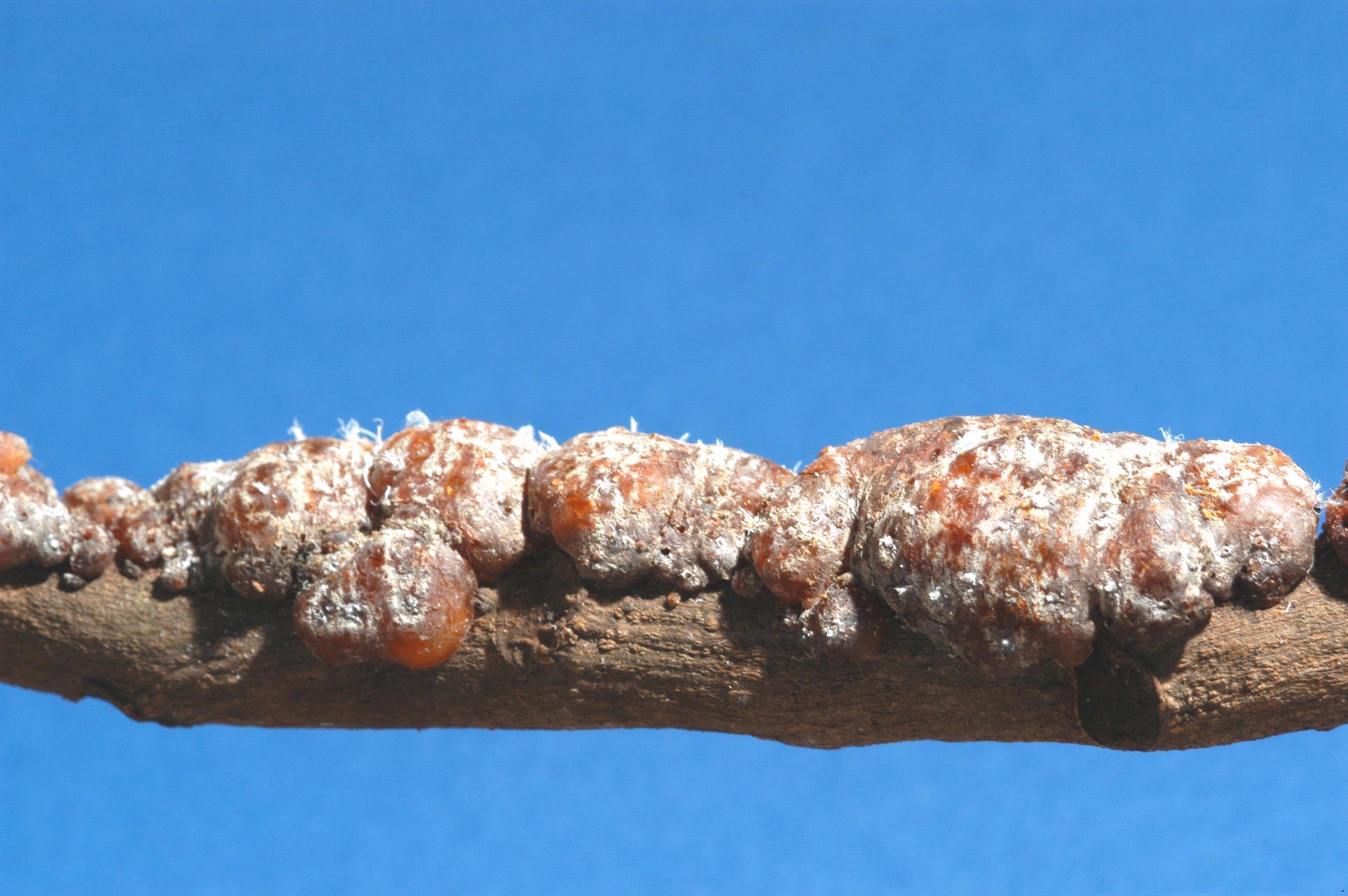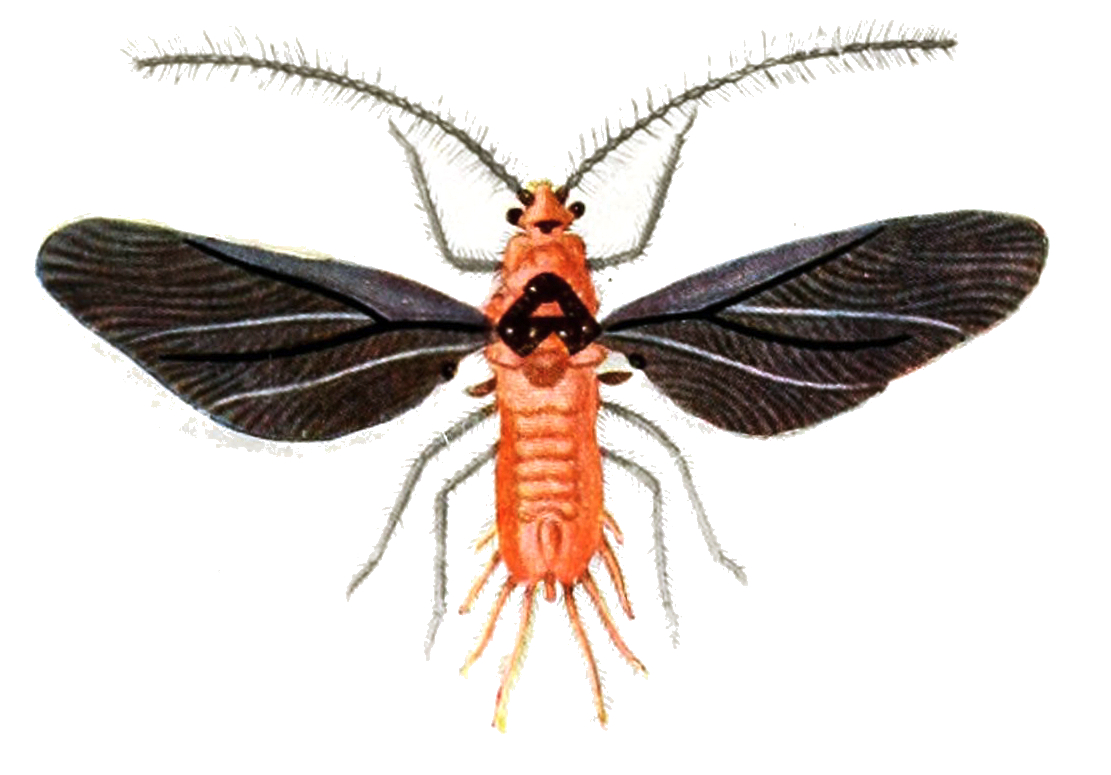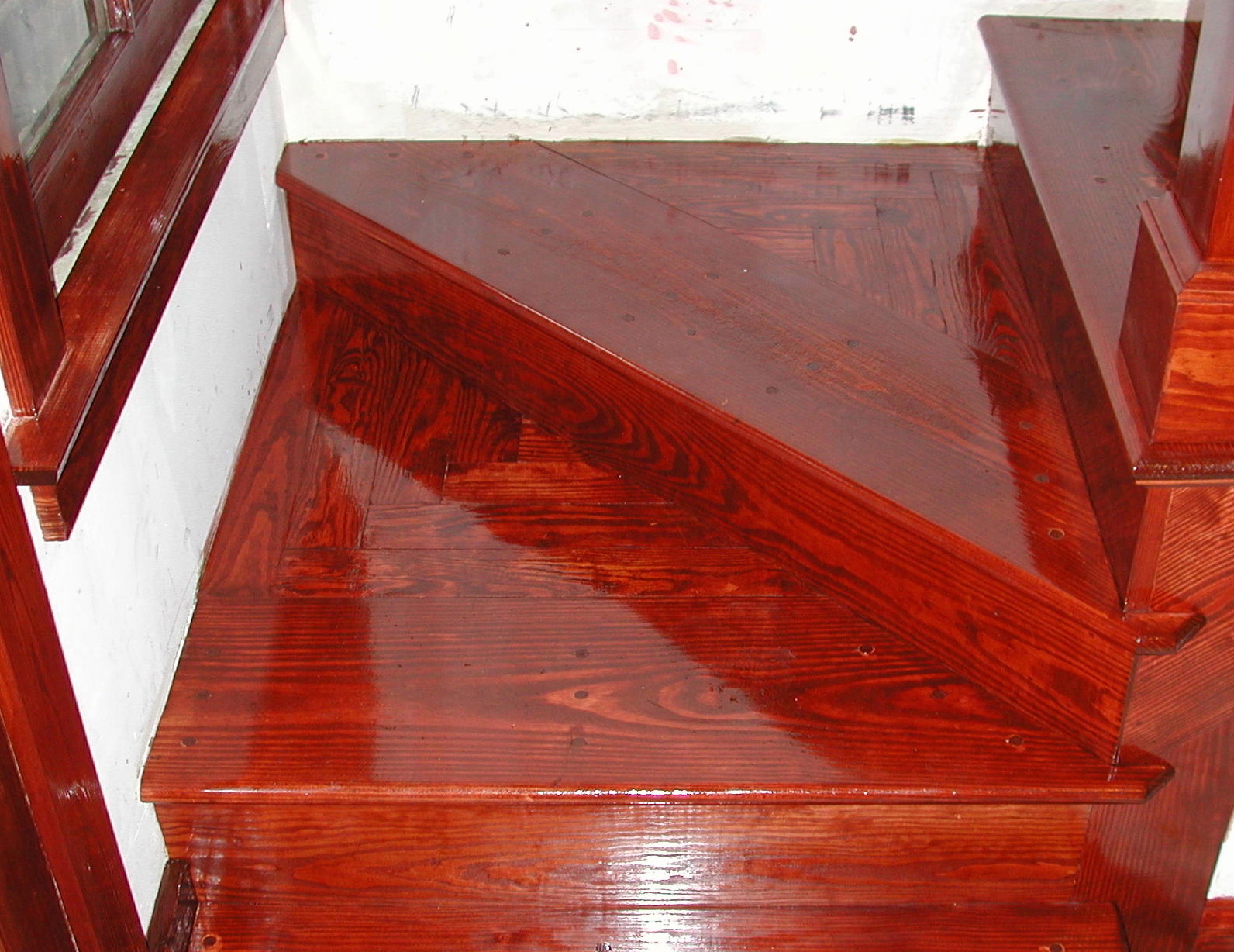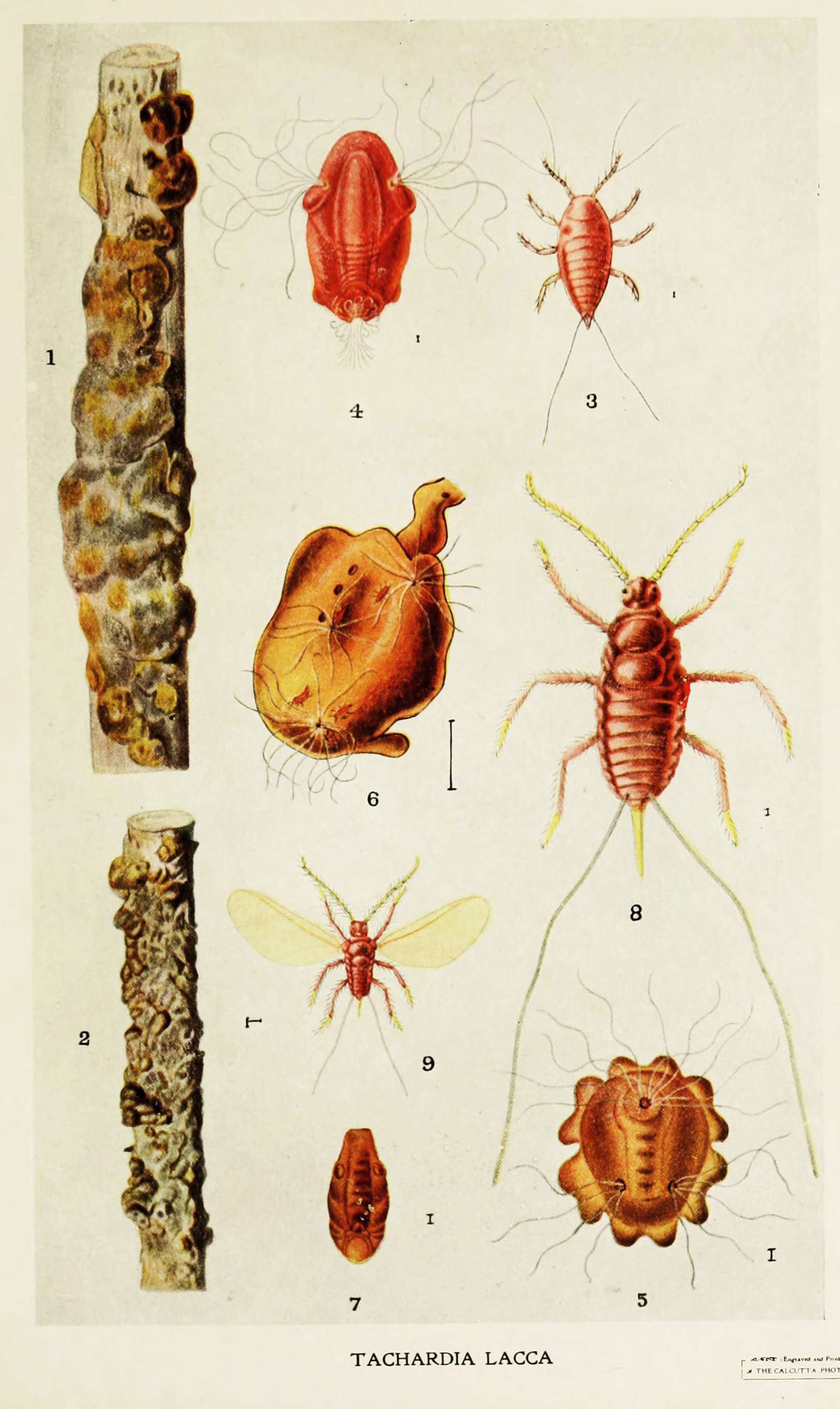|
Kerriidae
''Kerriidae'' is a family of Coccoidea, scale insects, commonly known as lac insects or lac scales. Some members of the genera ''Metatachardia'', ''Tachardiella'', ''Austrotacharidia'', ''Afrotachardina'', ''Tachardina'', and ''Kerria'' are raised for commercial purposes, though the most commonly cultivated species is ''Kerria lacca''. These insects secrete a waxy resin that is harvested and converted commercially into Lac (resin), lac and shellac, used in various dyes, cosmetics, food glazes, wood finishing varnishes and polishes. Species include: *''Kerria lacca'' – true lac scale *''Paratachardina decorella'' – rosette lac scale *''Paratachardina pseudolobata'' – lobate lac scale See also * Shellac * Lac (resin) References * External links * *Taxonomy Kerriidae, Scale insects Hemiptera families Neococcoids {{Coccoidea-stub ... [...More Info...] [...Related Items...] OR: [Wikipedia] [Google] [Baidu] |
Paratachardina Pseudolobata
''Paratachardina pseudolobata'', the lobate lac scale, is a polyphagous and pestiferous lac scale insect, which damages trees and woody shrubs in Cuba, Florida, the Bahamas and the Australian territory of Christmas Island. It was mistakenly identified as '' Paratachardina lobata'' (Chamberlin), an insect native to India and Sri Lanka Sri Lanka, officially the Democratic Socialist Republic of Sri Lanka, also known historically as Ceylon, is an island country in South Asia. It lies in the Indian Ocean, southwest of the Bay of Bengal, separated from the Indian subcontinent, ..., but was in 2007 recognized and named as a distinct species based on material from Florida; its native distribution is as yet unknown. The new lac insect was described based on all stages of the female (adult, second-instar nymph and first-instar nymph), during the revision of the genus '' Paratachardina'', wherein all its known species were redescribed. Biology The lobate lac insect is known to ... [...More Info...] [...Related Items...] OR: [Wikipedia] [Google] [Baidu] |
Kerria Lacca
''Kerria lacca'' is a species of insect in the family Kerriidae, the lac insects. These are in the superfamily scale insect, Coccoidea, the scale insects. This species is perhaps the most commercially important lac insect, being a main source of Lac (resin), lac, a resin which can be refined into shellac and other products.Raman, A. (2014)Discovery of ''Kerria lacca'' (Insecta: Hemiptera: Coccoidea), the lac insect, in India in the late 18th century.''Current Science'' 106(6), 886. This insect is native to Asia.Ahmad, A., et al. (2012)Mouthparts and stylet penetration of the lac insect ''Kerria lacca'' (Kerr) (Hemiptera: Tachardiidae).''Arthropod Structure & Development'' 41, 435-441. Biology ''Kerria lacca'' produces a dye and a wax as natural secretions. The life cycle of this scale insect proceeds with the first instar of the larval stages, which are known as "crawlers". Larvae in this stage crawl along the branches of their host plants and feed on the phloem. As they pierce t ... [...More Info...] [...Related Items...] OR: [Wikipedia] [Google] [Baidu] |
Kerriidae
''Kerriidae'' is a family of Coccoidea, scale insects, commonly known as lac insects or lac scales. Some members of the genera ''Metatachardia'', ''Tachardiella'', ''Austrotacharidia'', ''Afrotachardina'', ''Tachardina'', and ''Kerria'' are raised for commercial purposes, though the most commonly cultivated species is ''Kerria lacca''. These insects secrete a waxy resin that is harvested and converted commercially into Lac (resin), lac and shellac, used in various dyes, cosmetics, food glazes, wood finishing varnishes and polishes. Species include: *''Kerria lacca'' – true lac scale *''Paratachardina decorella'' – rosette lac scale *''Paratachardina pseudolobata'' – lobate lac scale See also * Shellac * Lac (resin) References * External links * *Taxonomy Kerriidae, Scale insects Hemiptera families Neococcoids {{Coccoidea-stub ... [...More Info...] [...Related Items...] OR: [Wikipedia] [Google] [Baidu] |
Kerria (insect)
''Kerria'' is a genus of scale insect of the family Kerriidae. The species are found throughout southeast Asia Southeast Asia is the geographical United Nations geoscheme for Asia#South-eastern Asia, southeastern region of Asia, consisting of the regions that are situated south of China, east of the Indian subcontinent, and northwest of the Mainland Au ..., India and southern China. Species list Subgenus '' Kerria (Chamberliniella)'' * * * * Subgenus '' Kerria (Kerria)'' * * * * * * * * * * * * * * * * *References ...[...More Info...] [...Related Items...] OR: [Wikipedia] [Google] [Baidu] |
Coccoidea
Scale insects are small insects of the Order (biology), order Hemiptera, suborder Sternorrhyncha. Of dramatically variable appearance and extreme sexual dimorphism, they comprise the infraorder Coccomorpha which is considered a more convenient grouping than the superfamily Coccoidea due to taxonomic uncertainties. Adult females typically have soft bodies and no limbs, and are concealed underneath domed scales, extruding quantities of wax for protection. Some species are hermaphroditic, with a combined ovotestis instead of separate ovaries and testes. Males, in the species where they occur, have legs and sometimes wings, and resemble small flies. Scale insects are herbivores, piercing plant tissues with their mouthparts and remaining in one place, feeding on sap. The excess fluid they imbibe is secreted as Honeydew (secretion), honeydew on which sooty mold tends to grow. The insects often have a Mutualism (biology), mutualistic relationship with ants, which feed on the honeydew and ... [...More Info...] [...Related Items...] OR: [Wikipedia] [Google] [Baidu] |
Scale Insects
Scale insects are small insects of the order Hemiptera, suborder Sternorrhyncha. Of dramatically variable appearance and extreme sexual dimorphism, they comprise the infraorder Coccomorpha which is considered a more convenient grouping than the superfamily Coccoidea due to taxonomic uncertainties. Adult females typically have soft bodies and no limbs, and are concealed underneath domed scales, extruding quantities of wax for protection. Some species are hermaphroditic, with a combined ovotestis instead of separate ovaries and testes. Males, in the species where they occur, have legs and sometimes wings, and resemble small flies. Scale insects are herbivores, piercing plant tissues with their mouthparts and remaining in one place, feeding on sap. The excess fluid they imbibe is secreted as honeydew on which sooty mold tends to grow. The insects often have a mutualistic relationship with ants, which feed on the honeydew and protect them from predators. There are about 8,000 des ... [...More Info...] [...Related Items...] OR: [Wikipedia] [Google] [Baidu] |
Lac (resin)
Lac is the resinous secretion of a number of species of Kerriidae, lac insects, of which the most commonly cultivated is ''Kerria lacca''. Cultivation begins when a farmer gets a stick that contains eggs ready to hatch and ties it to the tree to be infested. Thousands of lac insects colonize the branches of the host trees and secrete the resinous pigment. The coated branches of the host trees are cut and harvested as sticklac. The harvested sticklac is crushed and sieved to remove impurities. The sieved material is then repeatedly washed to remove insect parts and other material. The resulting product is known as seedlac. The prefix ''seed'' refers to its pellet shape. Seedlac, which still contains 3–5% impurity, is processed into shellac by heat treatment or solvent extraction. The leading producer of lac is Jharkhand, followed by the Chhattisgarh, West Bengal, and Maharashtra states of India. Lac production is also found in Bangladesh, Myanmar, Thailand, Laos, Vietnam, parts ... [...More Info...] [...Related Items...] OR: [Wikipedia] [Google] [Baidu] |
Paratachardina Decorella
''Paratachardina decorella'', the rosette lac scale, is a scale insect in the Kerriidae ''Kerriidae'' is a family of Coccoidea, scale insects, commonly known as lac insects or lac scales. Some members of the genera ''Metatachardia'', ''Tachardiella'', ''Austrotacharidia'', ''Afrotachardina'', ''Tachardina'', and ''Kerria'' are raise ... family. References Kerriidae {{Coccoidea-stub ... [...More Info...] [...Related Items...] OR: [Wikipedia] [Google] [Baidu] |
Paratachardina
''Paratachardina'' is a genus of true bugs belonging to the family Kerriidae. The species of this genus are found in Central America and Australia. Species: *'' Paratachardina capsella'' *'' Paratachardina decorella'' *'' Paratachardina javanensis'' *'' Paratachardina lobata'' *'' Paratachardina mahdihassani'' *'' Paratachardina minuta'' *'' Paratachardina mithila'' *'' Paratachardina morobensis'' *''Paratachardina pseudolobata ''Paratachardina pseudolobata'', the lobate lac scale, is a polyphagous and pestiferous lac scale insect, which damages trees and woody shrubs in Cuba, Florida, the Bahamas and the Australian territory of Christmas Island. It was mistakenly ...'' *'' Paratachardina silvestrii'' *'' Paratachardina ternata'' *'' Paratachardina theae'' References {{Taxonbar, from=Q10619696 Kerriidae ... [...More Info...] [...Related Items...] OR: [Wikipedia] [Google] [Baidu] |
Shellac
Shellac () is a resin secreted by the female Kerria lacca, lac bug on trees in the forests of India and Thailand. Chemically, it is mainly composed of aleuritic acid, jalaric acid, shellolic acid, and other natural waxes. It is processed and sold as dry flakes and dissolved in ethanol, alcohol to make liquid shellac, which is used as a brush-on colorant, food glazing agent, glaze and wood finish. Shellac functions as a tough natural primer (paint), primer, sanding sealant, tannin-blocker, odor-blocker, wood stain, stain, and Gloss (material appearance), high-gloss varnish. Shellac was once used in electrical applications as it possesses good electrical insulation, insulation qualities and seals out moisture. Phonograph and 78 rpm gramophone records were made of shellac until they were gradually replaced by polyvinyl chloride, vinyl. From the time shellac replaced oil and wax finishes in the 19th century, it was one of the dominant wood finishes in the western world until i ... [...More Info...] [...Related Items...] OR: [Wikipedia] [Google] [Baidu] |
Varnish
Varnish is a clear Transparency (optics), transparent hard protective coating or film. It is not to be confused with wood stain. It usually has a yellowish shade due to the manufacturing process and materials used, but it may also be pigmented as desired. It is sold commercially in various shades. Varnish is primarily used as a wood finishing, wood finish where, stained or not, the distinctive tones and grains in the wood are intended to be visible. Varnish finishes are naturally Gloss (material appearance), glossy, but satin/semi-gloss and flat sheens are available. History The word "varnish" comes from Mediaeval Latin ''vernix'', meaning odorous resin, perhaps derived from Middle Greek ''berōnikón'' or ''beroníkē'', meaning amber or amber-colored glass. A false etymology traces the word to the Greek ''Berenice'', the ancient name of modern Benghazi in Libya, where the first varnishes in the Mediterranean area were supposedly used and where resins from the trees of now-v ... [...More Info...] [...Related Items...] OR: [Wikipedia] [Google] [Baidu] |
Shellac
Shellac () is a resin secreted by the female Kerria lacca, lac bug on trees in the forests of India and Thailand. Chemically, it is mainly composed of aleuritic acid, jalaric acid, shellolic acid, and other natural waxes. It is processed and sold as dry flakes and dissolved in ethanol, alcohol to make liquid shellac, which is used as a brush-on colorant, food glazing agent, glaze and wood finish. Shellac functions as a tough natural primer (paint), primer, sanding sealant, tannin-blocker, odor-blocker, wood stain, stain, and Gloss (material appearance), high-gloss varnish. Shellac was once used in electrical applications as it possesses good electrical insulation, insulation qualities and seals out moisture. Phonograph and 78 rpm gramophone records were made of shellac until they were gradually replaced by polyvinyl chloride, vinyl. From the time shellac replaced oil and wax finishes in the 19th century, it was one of the dominant wood finishes in the western world until i ... [...More Info...] [...Related Items...] OR: [Wikipedia] [Google] [Baidu] |






